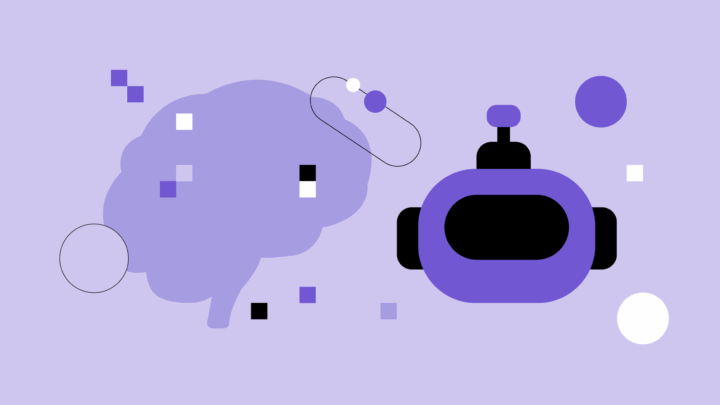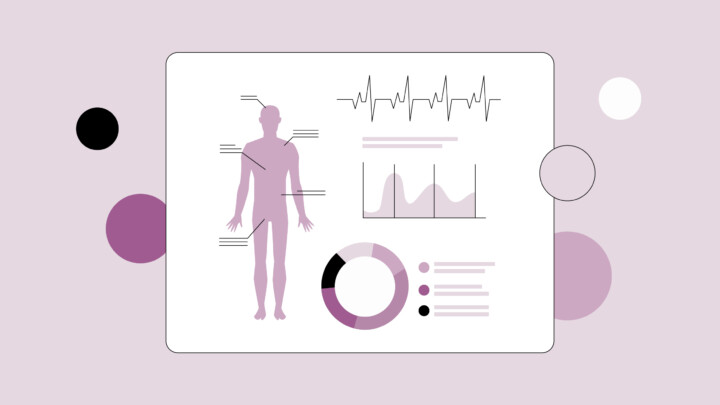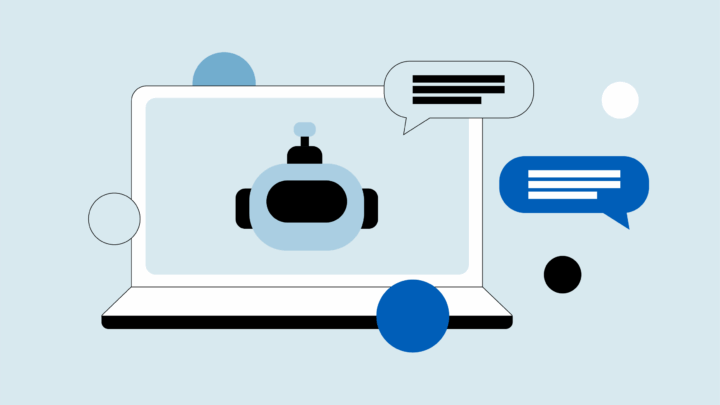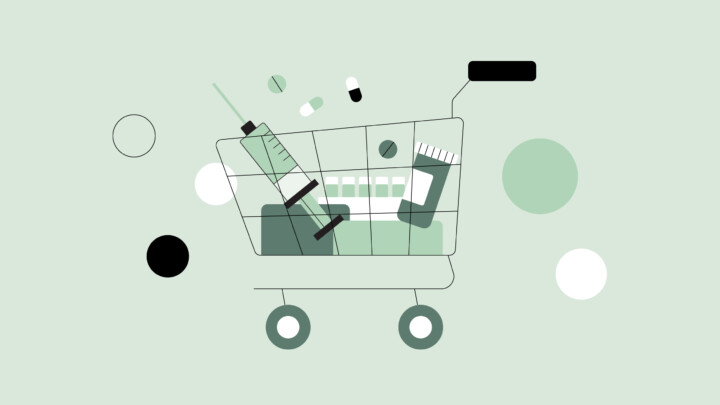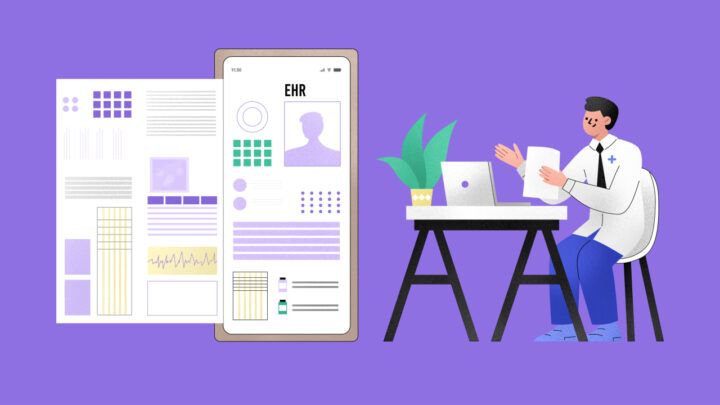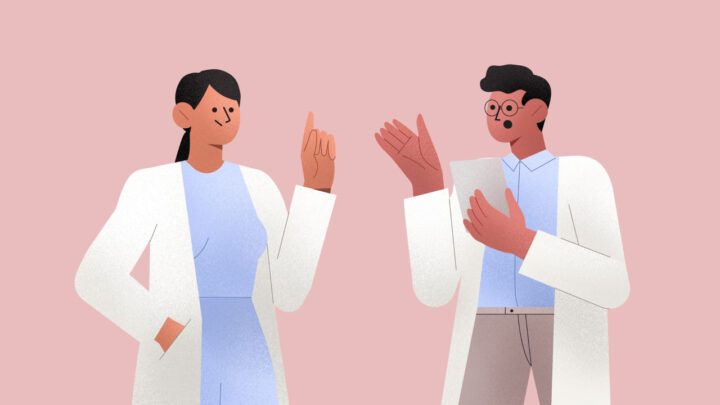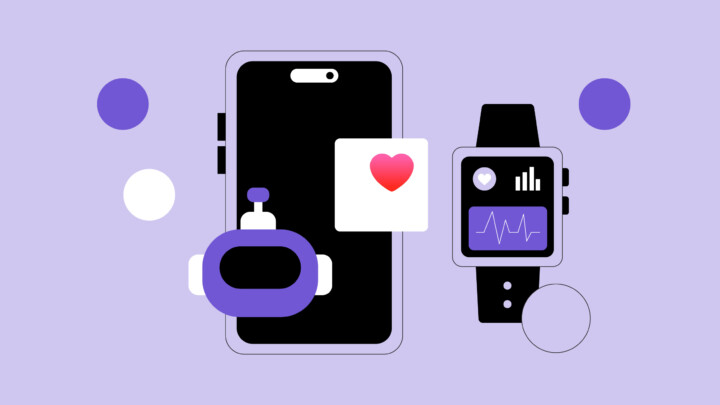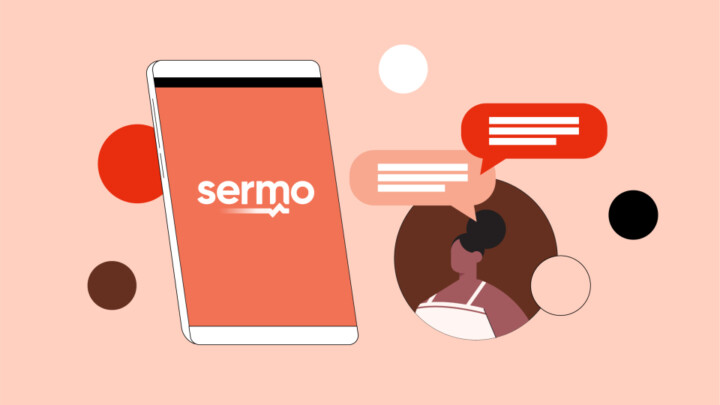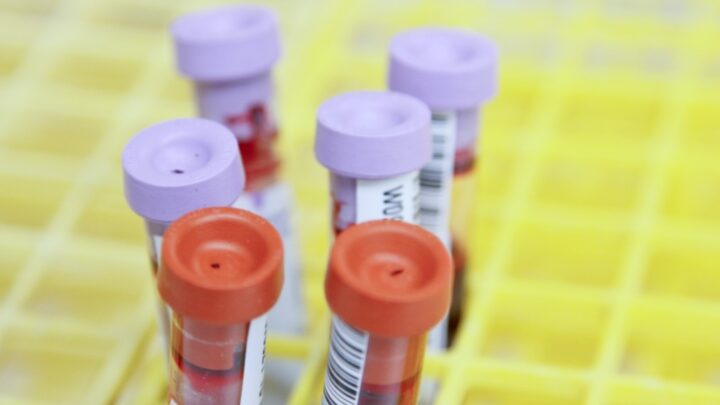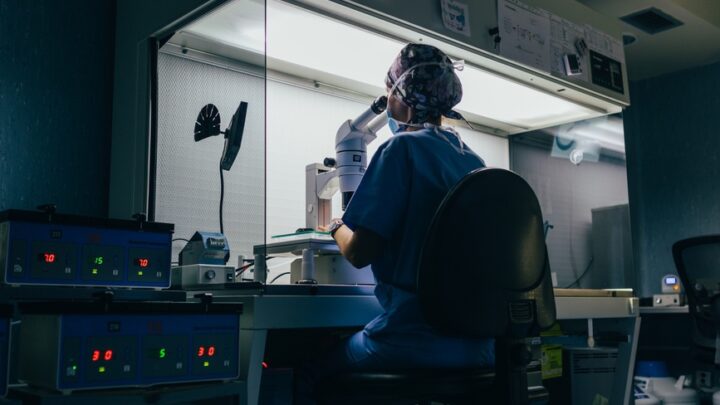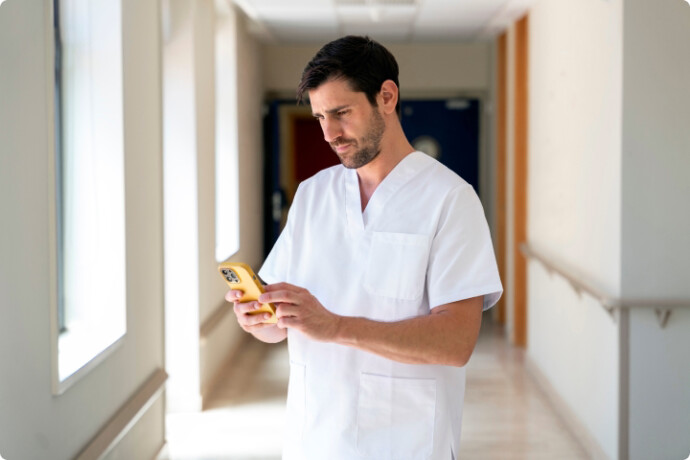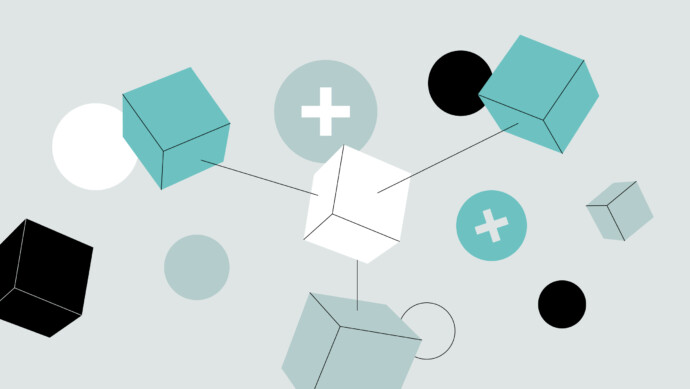
Introducing blockchain: the acclaimed digital archive that facilitates data recording and asset tracking across networks, offering a unified source of truth.
Healthcare data is bursting, expected to grow by 36% in 2025. Blockchain’s ability to enhance data security, improve interoperability, and optimize administrative processes has created a buzz in the medical community. However, blockchain technology has yet to be universally adopted for various reasons. This article explores what blockchain is, debunks common myths, and dives into specific use cases that are already making a difference in medicine.
What is the blockchain?
At its core, blockchain is a decentralized database that records data entries in a tamper-proof method. The key difference from traditional databases is how the data is structured and accessed. It operates as a chain of blocks, where each block contains data and is linked to the previous block using cryptography (where mathematical techniques and algorithms encrypt or “scramble” data so that only someone with the correct key can decrypt (“unscramble”) it and access the original information).
Blockchains use scripts to handle tasks like entering, accessing, and storing information. Unlike traditional databases, blockchains are distributed, meaning multiple copies are saved on various machines, and they must all match to be valid. This structure ensures data security, transparency, and traceability—qualities crucial in sensitive sectors like healthcare where maintaining compliance with regulations like HIPAA and GDPR are paramount. Imagine patient records stored across multiple computers rather than one central database. Each record change is logged as a “block,” making it almost impossible to alter past entries unnoticed.
Insights from the Sermo community reflect feelings of intrigue paired with caution about blockchain. When asked about the use of blockchain to manage patient data, physicians on Sermo expressed a range of comfort levels. 21% said they are very comfortable with the technology, citing its potential to enhance data security. 38% reported being somewhat comfortable but noted concerns about privacy. Meanwhile, 24% said they are not very comfortable and would need more education before supporting its use. 9% expressed outright distrust of blockchain for managing patient data, and 7% remained undecided.
A GP on Sermo cautions against replacing human workers with new technological advancements, “From what I understand, it’s very secure in terms of data manipulation. Although it’s very promising and facilitates and maintains data better, the use of human resources is decreasing at the company level and also in the health sector. We must remember that a comprehensive health team…makes life easier for many of us. But it can be contradictory.” While another doctor expresses optimism, “All kinds of technical improvements are welcome if they are meant to easen our workload, a couple years ago nobody would think AI could play such a major role in our daily work, but here we are. The same goes to blockchain technology, if we manage to implement it well, the daily work will be inconceivable without it in a few years.”
Let’s address a few common misconceptions about blockchain that physicians might encounter while exploring its potential in healthcare.
Common blockchain myths:
Blockchain, cryptocurrency, and digital assets are the same thing
While blockchain is the foundation on which cryptocurrencies like Bitcoin are built, these two aren’t synonymous. Blockchain is the technology, while cryptocurrency is merely one application of it.
Blockchains are only used for cryptocurrency
Blockchains have grown beyond finance. They’re now shaping industries like logistics, real estate, and healthcare by offering secure, decentralized data storage.
Businesses offering blockchain technology are risky
On the contrary, companies integrating blockchain often design for security and long-term reliability. They are more secure than traditional databases, and many firms focus on healthcare applications specifically designed for regulatory compliance, such as HIPAA.
All blockchains can be publicly accessed
Not all blockchains are publicly accessible. Private and permissioned blockchains maintain data security and only grant access to authorized participants.

Applications and use cases of blockchain in healthcare
In a recent Sermo survey, we asked, “Which use case of blockchain do you think would most benefit your clinical workflow?”
32% of respondents valued tamper-proof records for securing patient data most, while 26% favored easier, faster insurance processing. Another 19% saw the most significant benefit in automating administrative tasks with smart contracts, and 13% highlighted improved research data sharing and participation in clinical trials.
In 2024, a staggering 735 data breaches were reported, compromising the personal information of nearly 190 million people. Blockchain’s versatility unlocks exciting possibilities in the medical field, some of which are discussed below:
Patient data security & privacy
Secure data is the backbone of effective healthcare. Commonly stored patient data includes medical history, current medication, lab orders, clinical results, immunizations, syndromic surveillance, public health data, patient referrals, progress notes, and discharge summaries.
As a Sermo member and cardiologist writes, “The application is promising due to its ability to secure data and foster patient trust. I find its use in medical records and clinical trials particularly valuable, though scalability and regulatory adaptation are concerns. Its integration will require technological collaboration and sustained institutional commitment.”
Blockchain safeguards sensitive information using cryptographic methods, ensuring patient data remains protected and cannot be tampered with once built.
Interoperability & data sharing
When surveyed about the importance of data interoperability between providers and institutions, 41% of physician respondents said it is essential, emphasizing its direct impact on patient safety and care quality. Another 34% noted that interoperability helps reduce duplication and errors, while 14% considered it somewhat important but ranked other concerns higher. A minority (10%) felt it was not important, stating their practice runs smoothly without it, or were unsure.
Platforms like BurstIQ help healthcare companies securely manage large amounts of patient data. Its blockchain technology enables the safekeeping, sharing, or licensing of data while remaining HIPAA-compliant. Because the platform keeps data accurate, traceable, and up to date, it can support public health efforts, such as identifying patterns of opioid or prescription drug abuse, by giving providers and health systems better visibility into a patient’s full medical and prescription history.
This unified yet secure access to patient records allows for cross-company collaboration. “System integration and interoperability facilitate reliable and rapid access to information. My only concern would be about data protection and medical ethics, which could be compromised if clear regulations aren’t established,” summarizes a family medicine physician on Sermo.
Smart contracts & administrative automation
When asked if physicians would advocate for blockchain adoption to reduce administrative burdens and increase billing transparency, 30% responded with an enthusiastic “absolutely,” noting the urgent need for administrative relief, while 39% said they would consider it if the technology integrates smoothly with current systems. 19% were open to the idea but preferred to see real-world results first.
Smart contracts are self-executing digital agreements programmed with predefined rules that automatically carry out specific tasks when conditions are met—eliminating the need for manual paperwork or intermediaries. In healthcare, smart contracts can streamline administrative processes critical to your practice, such as instantly verifying a patient’s insurance eligibility, automating insurance claim submissions, managing timely provider payments, and securely recording patient consent for treatments or data sharing. By automating these tasks, smart contracts enhance billing transparency, reduce administrative delays, and lower the risk of disputes caused by errors or missed deadlines.
For example, a smart contract-enabled system could immediately confirm insurance coverage at patient check-in and process authorization forms without manual intervention, saving you and your staff valuable time and helping ensure compliance with healthcare regulations.
Medical research & clinical trials
Blockchain ensures the integrity of clinical trial data, such as protocol registrations, consent records, and enrollment logs by preventing manipulation. This proof of concept study on the use of block-chain based smart contracts demonstrated that time-stamped trial milestones could be recorded immutably on a public blockchain, making them verifiable by third parties and resistant to post hoc changes. The researchers concluded that blockchain has the potential to improve transparency and trust in clinical research by creating an auditable and tamper-evident log of trial activities.
How physicians can benefit from blockchain in healthcare
Blockchain technology benefits the healthcare system as a whole and has the potential to improve the daily lives of millions of physicians. Here’s a brief list of all the ways blockchain in healthcare can enhance physicians:
Enhanced patient data security
As a Sermo member and GP explains, “Securing patient data with tamper-proof records and regular reviews would improve the [patient] experience.” Blockchain reduces data breach risks by providing tamper-proof records and transparent sharing protocols. This technology ensures that sensitive information is encrypted and decentralized, with access granted only through secure access keys. For physicians, adopting blockchain can foster stronger doctor–patient relationships by demonstrating a commitment to data privacy, an increasingly critical component of patient trust and engagement.
Improved interoperability
Around 25% of healthcare spending is considered waste. The research highlights administrative complexities, duplicate services, unnecessary treatments, high drug prices, and hospital readmissions as key examples. Unified access to patient medical history that blockchain facilitates can enable faster, more accurate diagnoses and personalized treatment plans, allowing physicians to reduce redundant testing and benefit from enhanced decision making.
As an OBGYN writes on Sermo, “I like the potential it offers to secure health data exchange. It is crucial to ensure that patients’ records are safe whenever they are shared between caregivers.” A dermatologist echoes this sentiment, “Potentially a great benefit for patients and doctors being able to access crucial information. Implementing it is quite a challenge, as we can observe in Germany at the moment.”
Reduced administrative burden
Administrative expenses account for approximately 15% to 25% of total national health care expenditures, with a significant portion dedicated to billing and insurance-related processes. Blockchain technology has the potential to reduce these costs by billions in the U.S. healthcare system through streamlined operations and enhanced data accuracy. By supporting the automation of repetitive administrative tasks, blockchain gives physicians more time to focus on patient care.
Faster and more accurate insurance processing
Smart contracts simplify claim management, reducing turnaround times and administrative disputes. Medical insurers can instantly obtain validated confirmations of healthcare services directly from patients, eliminating the need for intermediaries and reducing both time spent and costs.It can also reduce frustration caused by insurance-related delays or errors that can disrupt practice operations and patient relationships.
Greater data integrity and accuracy
Once a block is created in a blockchain, it cannot be modified. By eliminating the need for intermediaries like auditors or other third parties, who can introduce errors and increase costs, blockchain streamlines processes and enhances reliability. The result is data that remains secure, validated, and consistently accurate across systems, providing up-to-date and trustworthy records. Physicians can confidently rely on patient records and clinical data being accurate, complete, and unaltered, which is critical for safe diagnosis and treatment decisions.
Improved clinical research participation
A Sermo member and oncologist shares, “Blockchain’s potential to enhance the security and traceability of clinical data is very promising. However, its real-world integration will depend on how regulatory and interoperability challenges are addressed. I’m particularly interested in its potential use in clinical trials.”
Blockchain can help overcome several barriers to clinical trial participation, particularly by increasing patient trust and improving transparency around how data is collected, stored, and used. Additionally, by giving patients ownership over their data, blockchain may make them more willing to participate in decentralized or remote studies, which rely heavily on wearable devices, mobile apps, and digital communication.
In this pilot study, 91% of patients reported increased trust, 82% felt the process was more transparent, and 63% experienced greater empowerment. While regulatory and technical challenges remain, the long-term potential for blockchain to increase participation, improve data quality, and reduce dropout rates is a promising direction for clinical research.

Why is blockchain still not widely adopted in healthcare?
Despite its promise, widespread blockchain adoption in the healthcare sector has faced many hurdles. Approximately 40% of healthcare providers in the United States have implemented some form of blockchain-based application, primarily in billing, payment processing, and financial operations. “I would expect that healthcare will not be the first industry to incorporate blockchain technology. We will need to see success and scalability in other large industries first,” explains a GP from the USA.
High implementation costs
30% of physicians in a recent Sermo poll cited high costs as the number 1 barrier to implementation. Implementing blockchain solutions requires a significant upfront investment and ongoing maintenance. Launching a full-scale blockchain healthcare system, including development, infrastructure, compliance, and staffing, can cost $500,000 to $1.45 million, with simpler pilot programs or MVPs costing $100,000 to $300,000. Costs depend on system complexity, customization (e.g., supply chain or multi-hospital integration), and the type of blockchain, with private blockchains costing more due to higher security and compliance requirements.
Limited understanding and technical training
A quarter of surveyed doctors highlighted lack of understanding and training as a barrier. Many healthcare professionals are unfamiliar with blockchain’s uses, slowing adoption. Applying blockchain in healthcare requires understanding blockchain principles, healthcare systems, and privacy regulations like HIPAA.
An emergency medicine doctor explains, “I don’t think we are implementing blockchain in my institution anytime soon. Mainly due to costs and lack of instructed personnel to use this software.”
Lack of integration with legacy systems
In response to why blockchain is not widely implemented, a Sermo community member and OBGYN said, “I doubt that it would work with our ancient EHR system”. Integrating blockchain into existing platforms like Electronic Health Records is technically challenging and resource-intensive. It also requires time and money to move legacy patient records to new blockchain systems, and thus it’s no surprise that 20% of physicians on Sermo selected this as a key barrier.
Concerns around HIPAA compliance
According to a 2023 report by the U.S. Department of Health and Human Services, over 50% of healthcare data breaches involved unauthorized access or hacking, highlighting the critical need for blockchain solutions to rigorously comply with HIPAA standards while safeguarding patient privacy. However, ensuring sensitive patient data adheres to complex regulations, like HIPAA, adds another layer of difficulty during implementation.
Not convinced of its clinical value
While only 10% of physicians voted for this as a barrier to adopting blockchain, skepticism persists, with some clinicians questioning the practical value of blockchain in enhancing workflows or patient outcomes. As an internal medicine physician shares on Sermo, “Many of us physicians don’t really understand blockchain and its medical applications.”
Conclusion
Blockchain is more than a buzzword—it’s a technology with real potential to transform healthcare by enhancing data security and streamlining operations. Whether enabling tamper-proof patient records, simplifying clinical trial participation, or improving interoperability, blockchain is set to revolutionize medicine. Here’s how you can be a proactive participant in the evolution of blockchain in healthcare:
- Stay informed with academic literature in your industry and participate in discussions about blockchain with your peers on Sermo
- When choosing new digital health solutions, ask vendors about blockchain capabilities
- Educate interested patients about how their health data might be managed more securely in the future
- Encourage your organization to provide educational sessions or CME on blockchain and digital health
But like all innovations, adoption will take time, further education, and regulatory alignment. Physicians are already starting to explore this technology, spurred by growing discussions and peer collaboration on platforms like Sermo.
Join the conversation! Explore how your peers feel about the future of blockchain in healthcare and its role in evolving practices. Share your insights, ask questions, or weigh in on challenges through Sermo’s global community of physicians.

